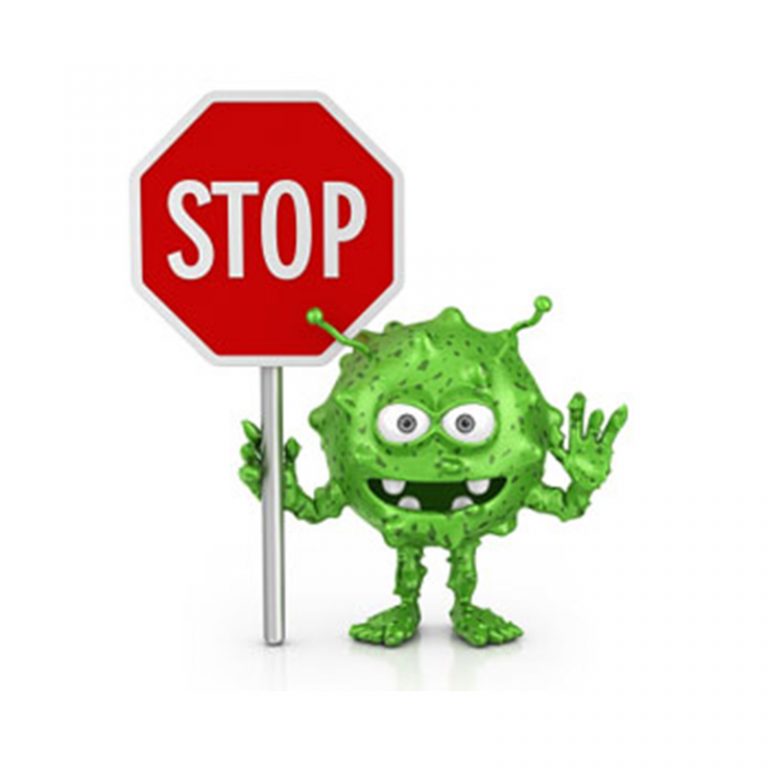Pathogens And Their Role In Disease
The term ‘Pathogen’ is generally used to refer to an infectious agent that can cause disease in its host. The most common examples would be a bacterium, a fungus, a parasite or a virus. Not all pathogens are necessarily undesirable to humans. For example, Candida is a friendly fungus that is an essential part of the diet of our good bacteria; it is only when it is present in excess that it can give rise to countless unpleasant symptoms.
There are numerous ways in which pathogens can be transmitted. While some can be airborne others depend upon direct or indirect contact, or may be conveyed in blood, breast milk or other body fluids, or by the faecal-oral route. Yet others may be found in food or drinking water. The origin of some remains a mystery – some scientists believe that they can be created from much smaller particles within the body itself. What is certain is that each species requires specific conditions in order to thrive; for example, some require a tropical climate, and many take advantage when the acid-alkaline balance of the body is disturbed. For this reason people who consume excess sugar are much more likely to provide suitable accommodation for these organisms. I have also personally noticed that people who eat many processed foods are much more prone to infection than, for example, people who consume a lot of spices.
The Ayurvedic view of the disease process differs greatly from that held by Western medicine. Ancient Ayurvedic texts indicate that practitioners were fully aware of pathogens, even if they were unable to see the microscopic forms, but while Ayurveda has always recognised the role played by pathogens in disease it maintains that these organisms cannot cause illness by themselves. The human body and the environment that surrounds it both contain huge numbers of microorganisms which mainstream medicine considers to be the cause of illness. If this were the case, however, everybody would be likely to react in the same fashion to exposure to these pathogens. Whereas modern medicine focuses on the diagnosis on the symptoms of each individual illness after these have become apparent, Ayurveda has always recognised that certain imbalances are identifiable long before these progress into clearly identifiable clinical symptoms.
According to Ayurveda the first stage in disease formation is a weak digestive fire (Agni) which leads to an accumulation of waste (ama) in one or other of the body’s systems. This leads to an imbalance in the doshas which will generally create symptoms. If these are ignored or suppressed the ama will migrate to an area of the body where immunity is low, with the inevitable result that the efficiency of the affected system will be greatly reduced and the environment will become favourable to pathogenic infection.
While it is still fashionable to think of germs as being the cause of disease, invading us from outside, as long ago as the 19th century the French scientist Louis Pasteur, famous for his invention of pasteurisation and his work in the field of immunisation, and a firm proponent of the germ theory, finally admitted that he had been wrong in his beliefs. Referring to a contemporary scientist, Claude Bechamp, he declared, “ Claude a raison. Le germe c’est rien, le terrain c’est tout” – “Claude is right. The germ is nothing, the environment is everything”.
For thousands of years Ayurveda has utilised medicines that have highly effective anti-pathogenic properties. Spices are often used for controlling the acid-alkaline balance: turmeric is perhaps the best known, while others include asafoetida and black pepper. Particular combinations are frequently used to treat specific pathogenic infections. Intestinal immunity is a priority as when this is high infection becomes much less likely. It is interesting to note that Piper longum (Pippali) which is a traditional Ayurvedic stimulant for the digestive system is now receiving considerable attention from pharmaceutical companies because of the antibiotic properties of one of its main ingredients, Piperine.
Next Time:- Ayurvedic Treatment For Dry Eyes

*Discover holistic healing with a complimentary phone or video consultation from our expert Ayurvedic practitioner. Start your path to better health today!*























